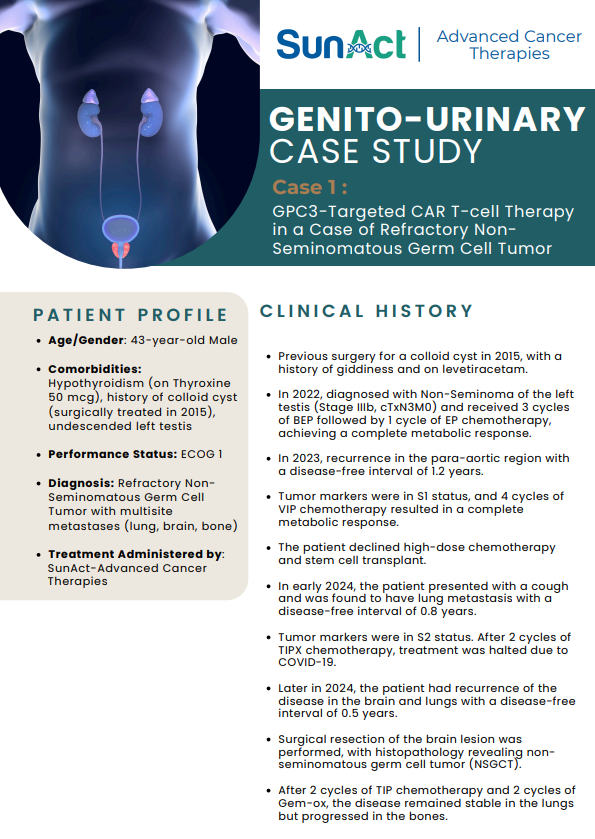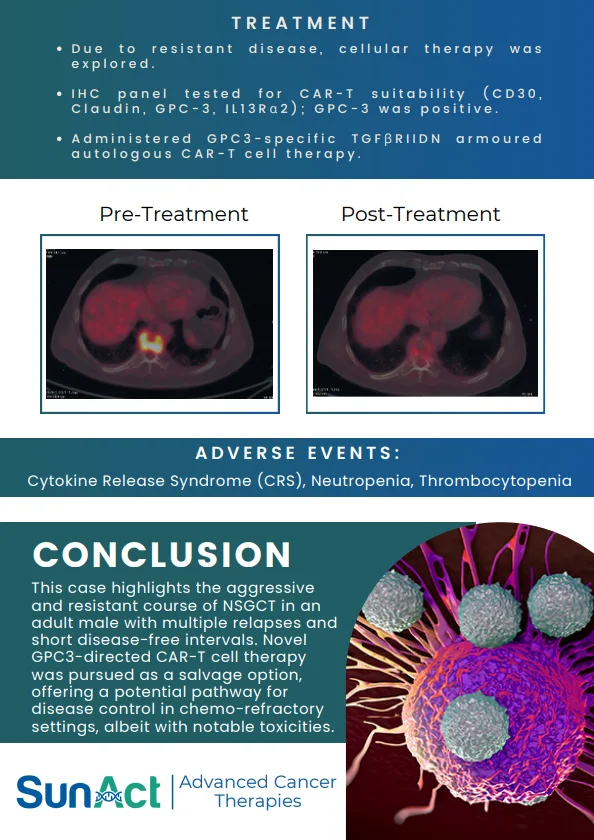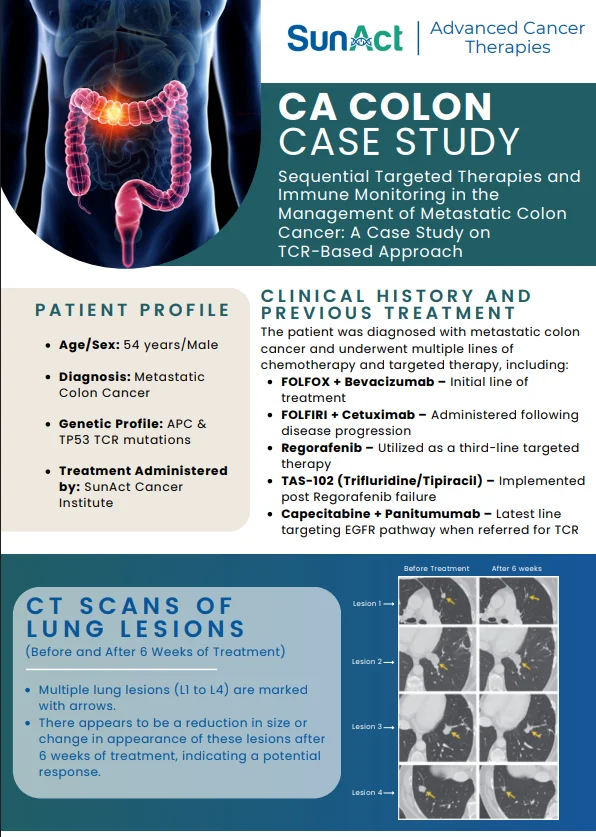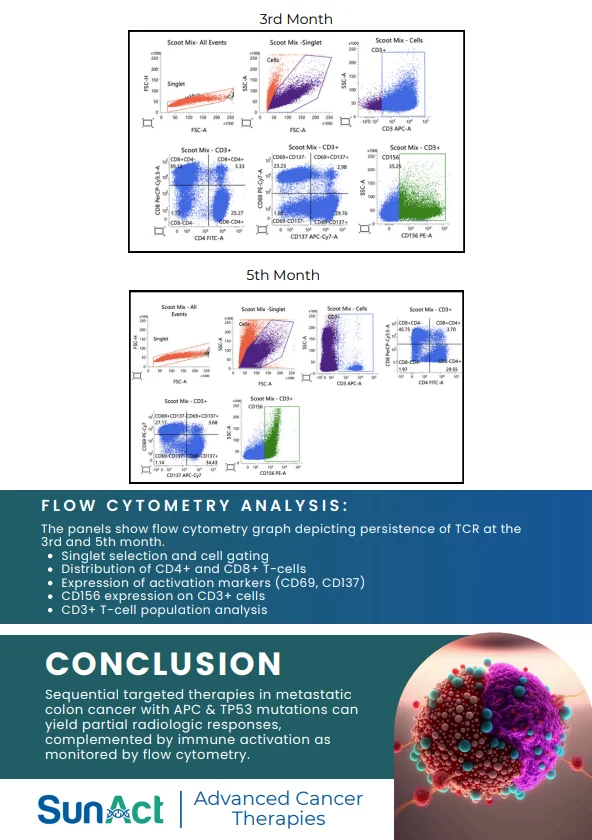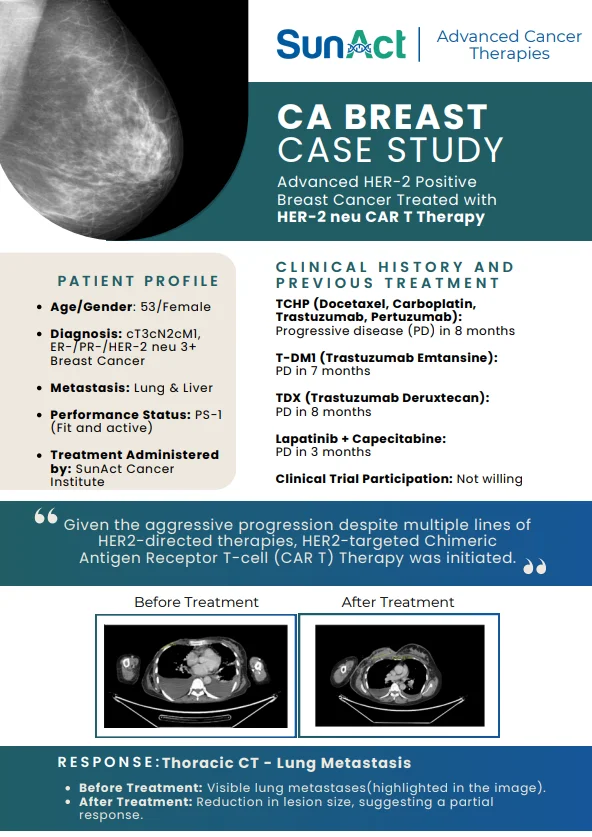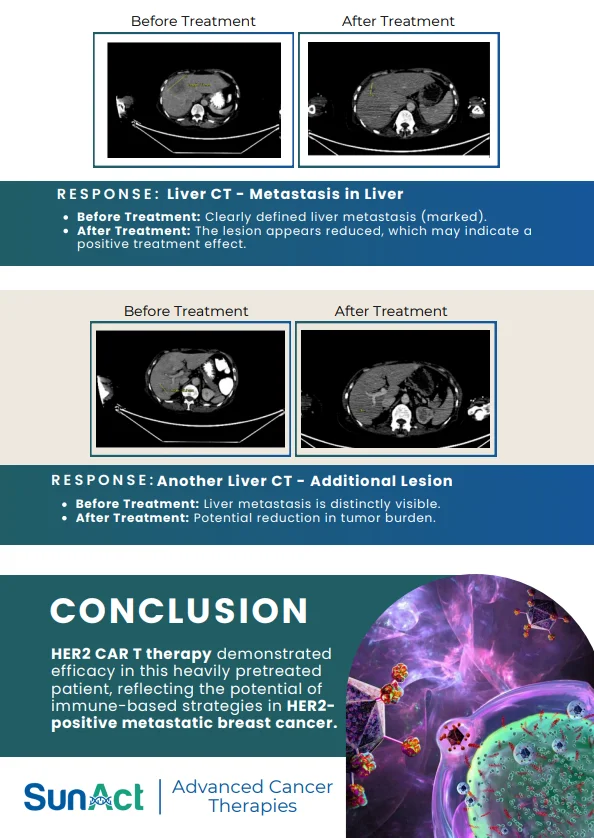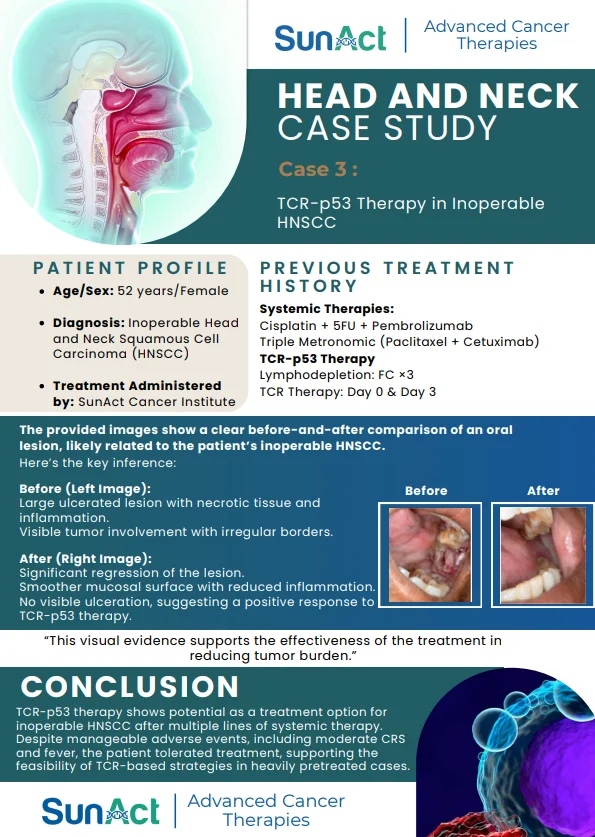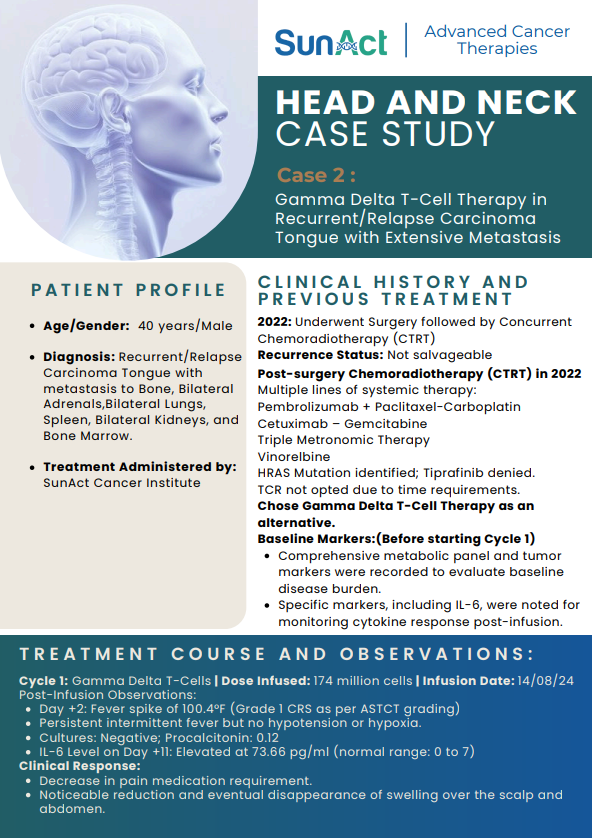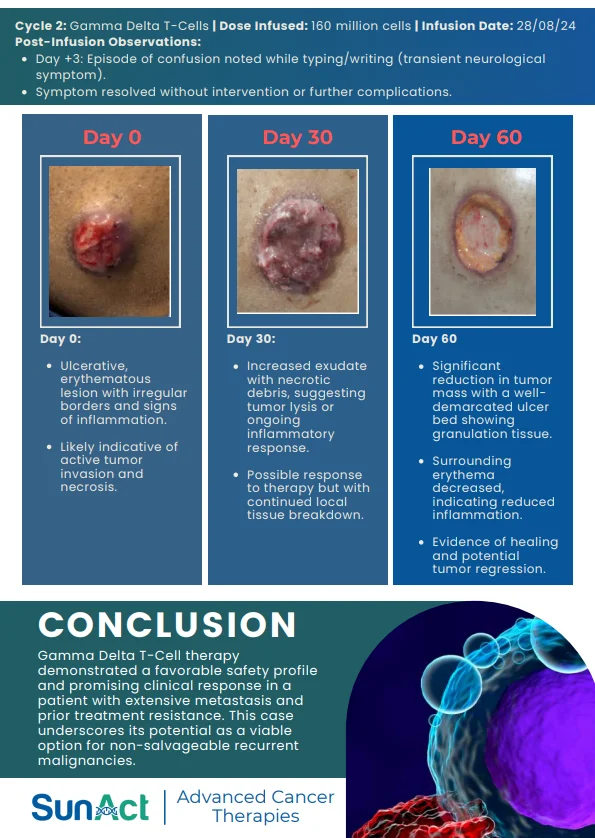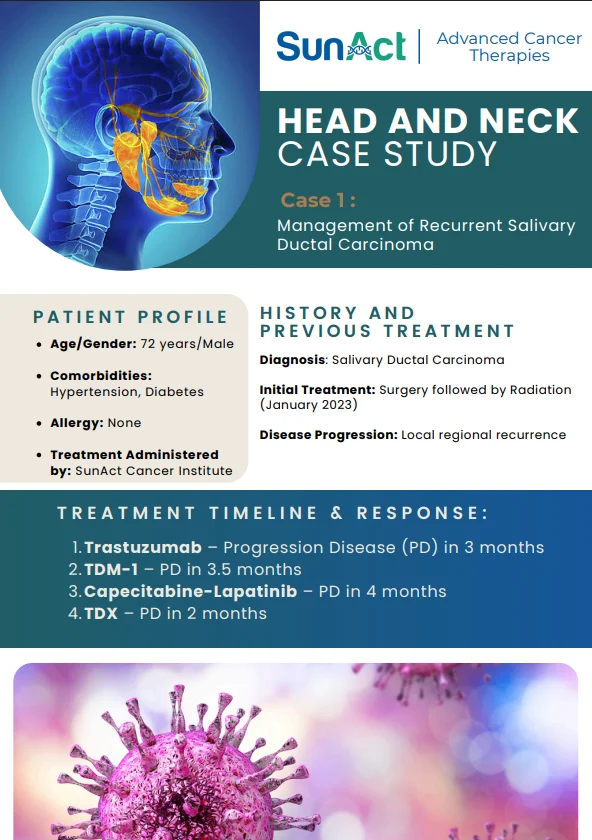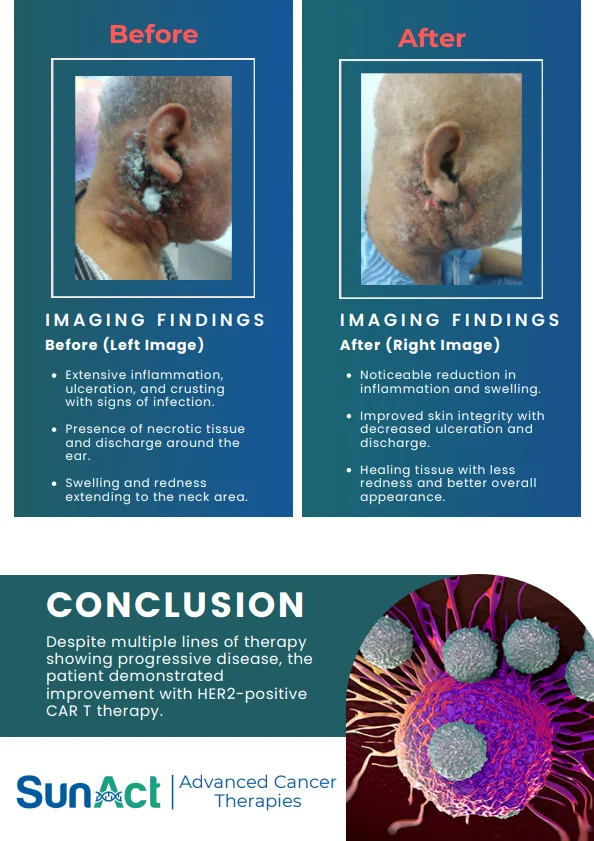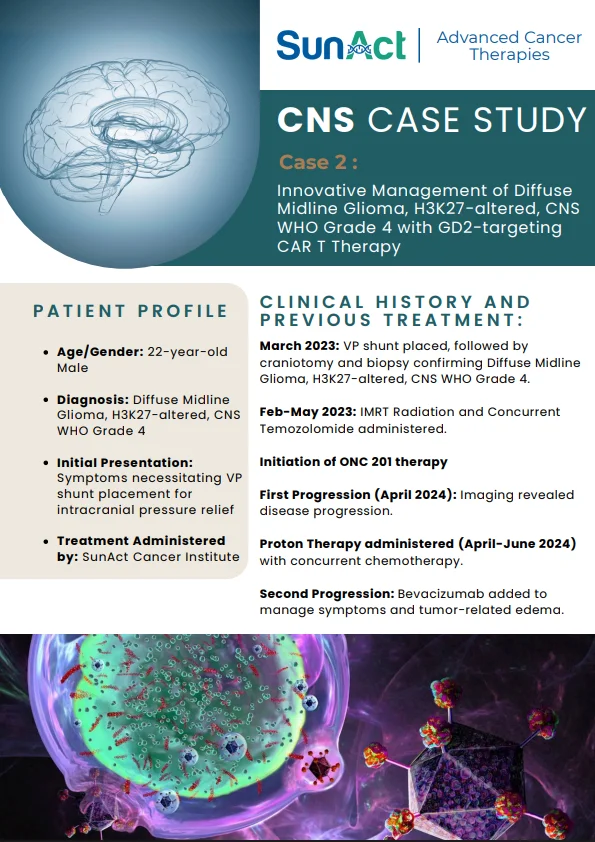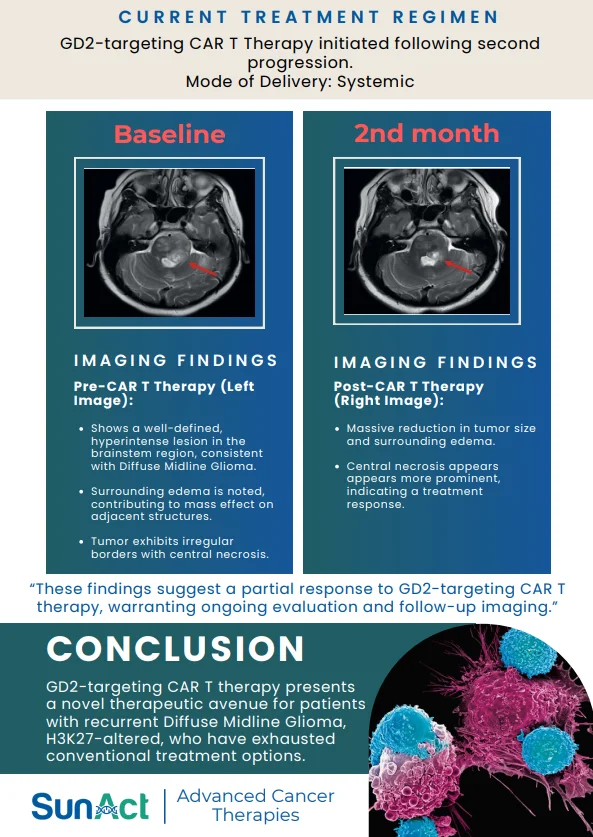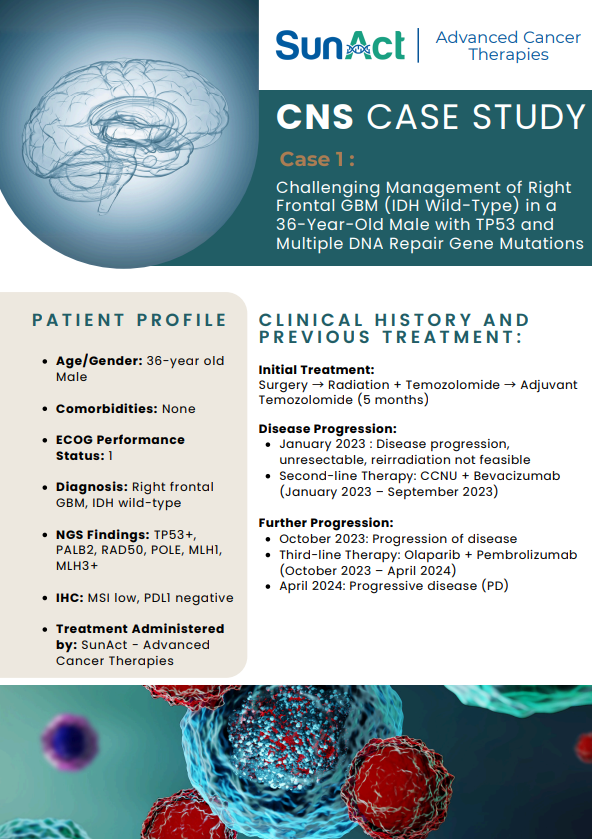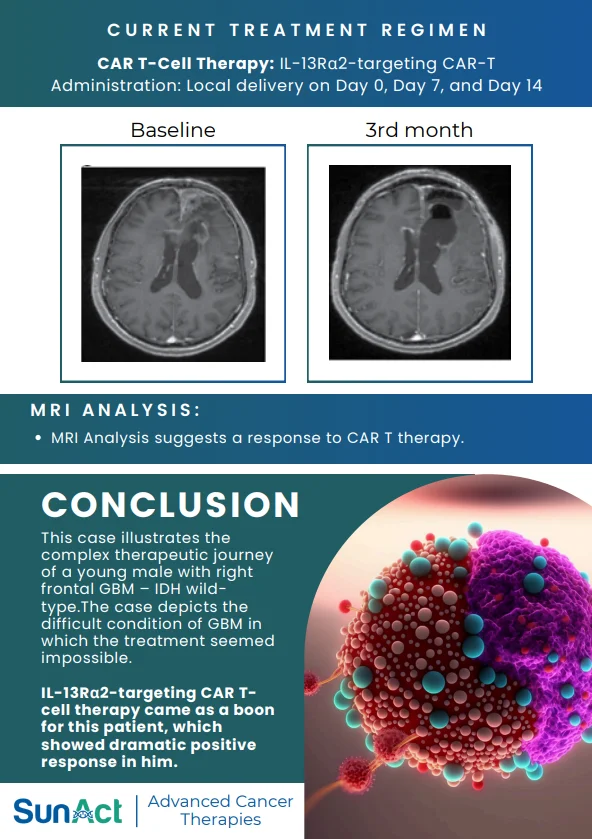Precision : Allows for targeted modifications to specific genes.
Potential for Cure : Offers the possibility of correcting the underlying cause of genetic diseases.
Versatility: Can be applied to a wide range of genetic conditions.
CRISPR Gene Therapy is being explored for a wide range of conditions, including:
The procedure typically involves minimal discomfort, but close monitoring is required to manage any potential side effects.
Follow-up visits are necessary to monitor the therapy’s effectiveness and check for any delayed side effects.
Patients may experience mild symptoms like fatigue, but these are usually manageable.
CRISPR Gene Therapy differs in several key ways:
Success rates vary depending on the condition being treated and the individual patient. While early results in clinical trials have shown promise, ongoing research is crucial to better understand the long-term efficacy and safety of CRISPR Gene Therapy.
Eligibility depends on factors such as:
A thorough evaluation by a healthcare team is essential to determine if Gamma delta T–cell therapy is a suitable option.
Alternative options may include:
Mumbai (Thane, Khar) | Kerala (Thodupuzha) | Nashik
Phone: +91 86553 13412
Toll Free: 1800 202 2232
Share your details below, and we’ll reach out to you without delay.
Disclaimer : We will be using this information for calling purposes only.
Share your details below, and we’ll reach out to you without delay.
Disclaimer : We will be using this information for calling purposes only.
